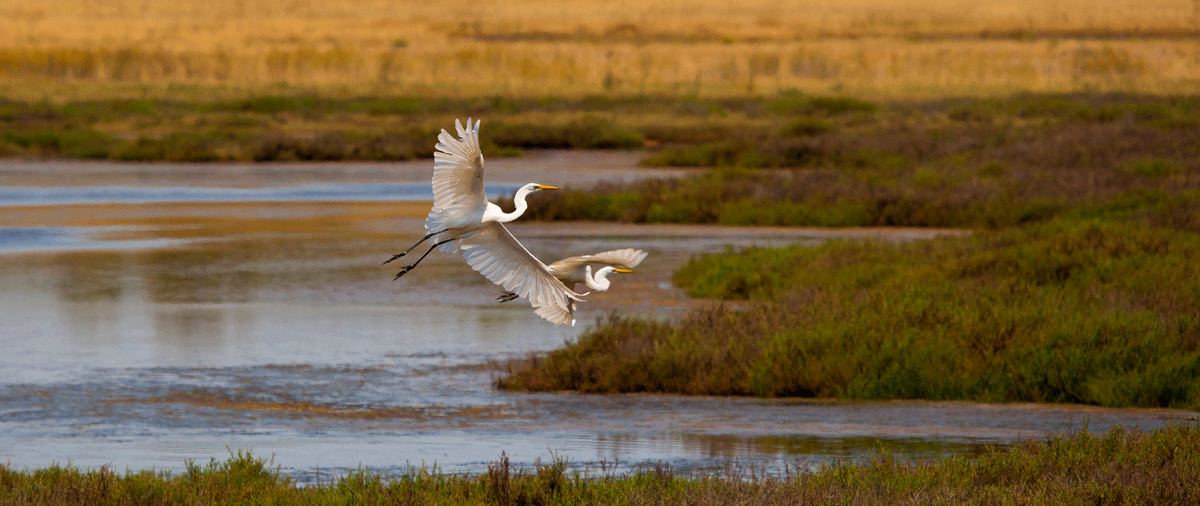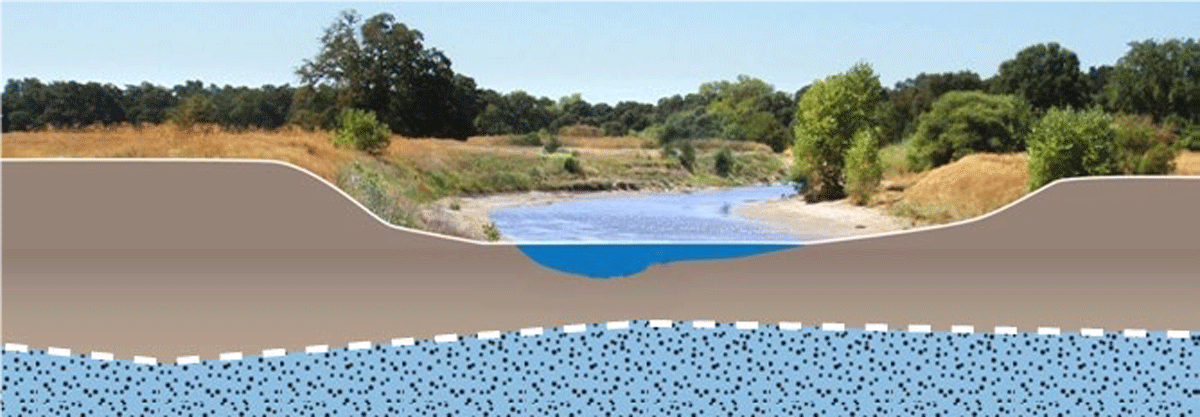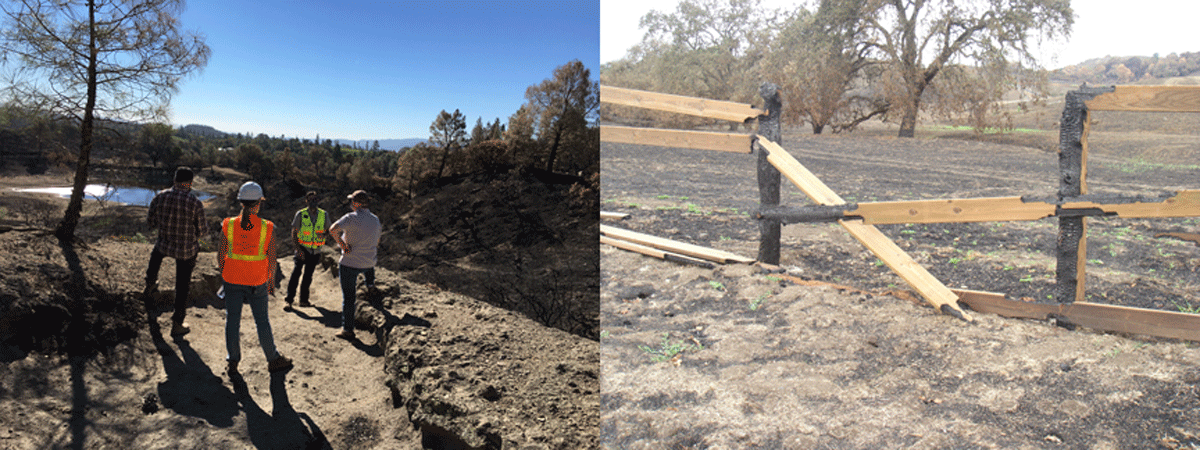Interview with Chris Francis, Lab Manager at NapaSan by Craig Smith
Most people probably don’t think twice about what happens to water when it goes down the shower drain or when the toilet is flushed, and they don’t have to. For the past 75 years, that’s been the job of the Napa Sanitation District (NapaSan) and they’ve got it covered.
Prior to the formation of NapaSan in 1945, raw sewage flowed directly into the river. Low oxygen levels caused a massive fish kill, and the smell of decaying fish and sewage was too much to bear. Today, NapaSan treats 10M gallons of water daily. Over 700 million gallons of the water received is recycled every year, and from November through April, some treated water is discharged to the Napa River.
Chris performing river sampling (left), Tara McClinton in the lab conducting bioassay (center), biosolids being spread on NapaSan ranch land (right)
The safety of that water is assured in part by Chris Francis, who oversees NapaSan’s laboratory, pretreatment program, and all interaction with regulatory agencies. It’s his job to make sure that NapaSan’s treatment efforts are effective and that discharged water won’t harm the public or the environment. That includes working with local industries to ensure their wastewater doesn’t threaten NapaSan’s infrastructure, employees, or the Napa River.
Francis is Napa born and raised. At Vintage High, teachers influenced him to pursue science, and he majored in Applied Ecology at UC Irvine. His career direction was set by a class called “Conservation in the American West.” “We talked about how man and nature coexist, and how vitally important that relationship is,” said Francis. After graduation, he started working in the Water Division at Orange County Public Health. He enjoyed the work, but missed Napa.
“I moved back and taught science at Vintage for two years. It was a great experience, but I realized I’m not cut out for a career as a teacher.” Francis began working at Dey Labs, doing pharmaceutical quality control. The work was interesting, but he increasingly wanted to get back into water. “I never thought much about waste water,” he said of his current position at NapaSan, “but thirteen years later, here I am. And it’s great. There aren’t many areas where the relationship between man and the environment is more intimate than how we manage our waste.”
NapaSan is a state-of-the-art tertiary treatment facility that treats all of the wastewater for the City of Napa. The process begins when the water goes down the drain in your home. It feeds downward into a 270 mile pipe system. With the help of three pump stations, the wastewater eventually arrives at NapaSan’s treatment plant, the Soscol Water Recycling Facility. Once there the water is screened for solids and clarified before moving on to Aeration Basins for biological treatment. The wastewater is diffused with air bubbles to promote the growth of bacteria and other microorganisms. These microbes consume organic material and nutrients in the waste. The treated water is clarified once more, filtered, and disinfected through chlorination. From here it is distributed to Recycled Water users or de-chlorinated and discharged to the Napa River. The whole process takes under twenty-four hours.
The success of Napa’s program goes hand-in-hand with our large agriculture footprint. Vineyards use much of the reclaimed water. Most of the solid waste avoids landfill and is beneficially reused as fertilizer for animal feed crops such as sorghum and alfalfa on NapaSan’s ranches.
One of NapaSan’s goals is to maximize resource recovery. “We currently meet 50% of our energy needs with renewable energy produced on-site. Methane gas from our anaerobic digester is captured and converted to electricity that we use to power our operations along with the energy generated by our 1 Megawatt solar array,” Francis said. In addition to producing energy from the digester gas, NapaSan recycles as much water as possible every year to be used for irrigation of vineyards, golf courses, farmland, commercial landscaping, school yards, and cemeteries. Use of this water saves potable water from being used for irrigation and reduces demand on groundwater supply.
NapaSan is a forward thinking agency that takes its role as a steward of public health and the environment very seriously.







